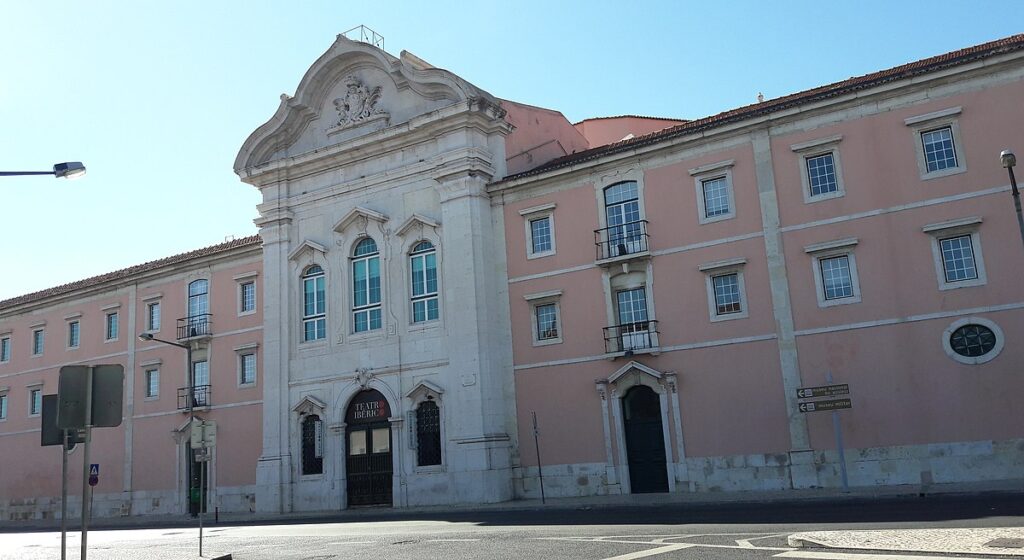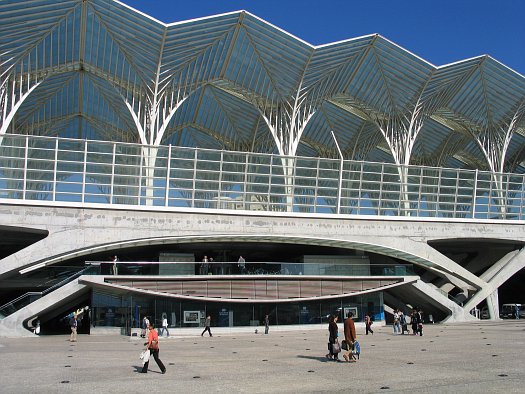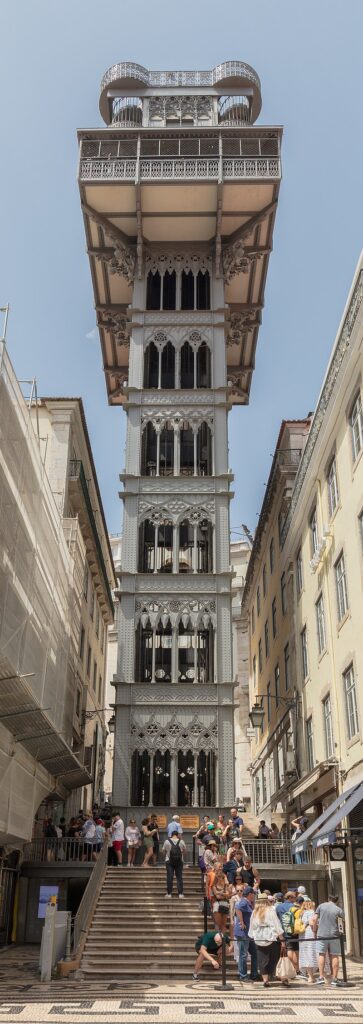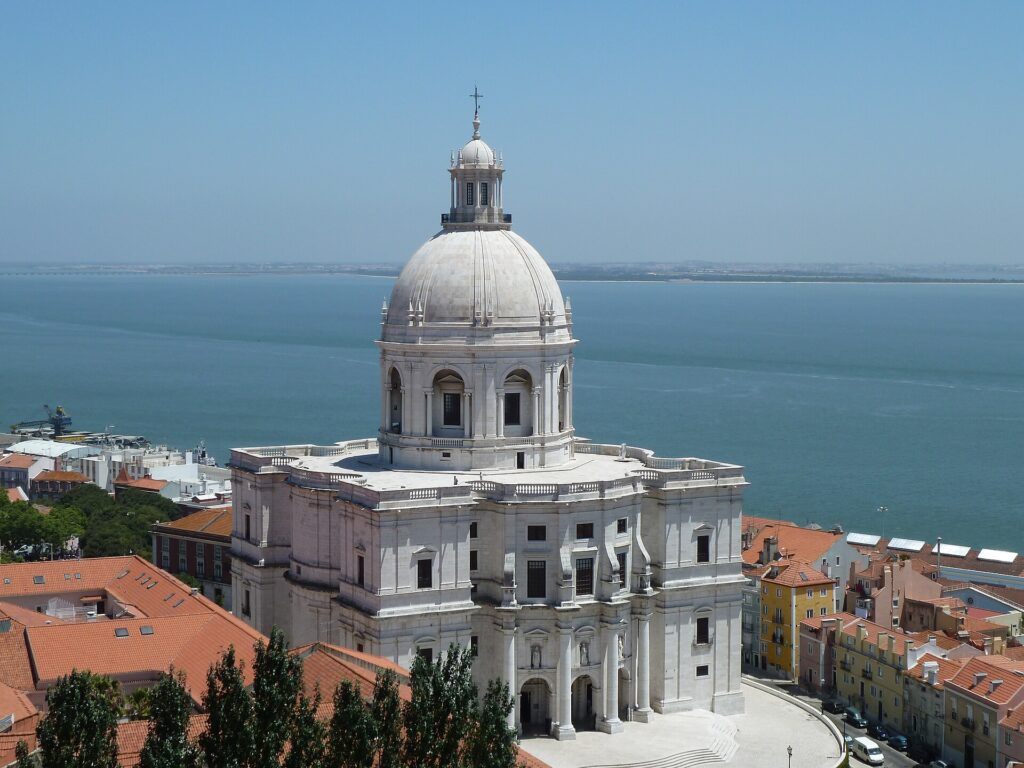Mihály Fazekas Memorial

The Memorial of Mihály Fazekas, located in Debrecen, celebrates the life and works of one of the most famous Hungarian poets and botanists. Mihály Fazekas, born on January 6, 1766 in Debrecen, is remembered for his significant contribution to Hungarian literature, as well as his interest in natural sciences. His life was marked by an […]
Citadel

The Budapest Citadel, majestically perched on Gellért Hill, is a symbol of the city’s turbulent history and resilience. Built between 1850 and 1854 by the Habsburgs, this fortress is a powerful emblem of military control and foreign domination, but over time it has transformed into a symbol of freedom and peace. The construction of the […]
Temple of Debod

The Templo de Debod, located in Madrid, is an ancient Egyptian temple dating back to about 2200 years ago. Originally erected in the city of Debod, in Nubia, it was dedicated to the gods Amun and Isis. The temple was expanded and decorated over the centuries, including contributions from the Ptolemaic pharaohs and Roman emperors. […]
Blessed Convent

The Convent of Beato, located in the parish of Beato in Lisbon, represents a fascinating testimony of the city’s architectural and social history. Its origins date back to the 15th century, when Queen Isabella commissioned the construction of a hermitage on the site. This was later expanded in the 16th century by Frei António da […]
Tower of Belém

The Tower of Belém, located on the banks of the Tagus River in Lisbon, is one of the most emblematic monuments of Portugal and a symbol of the great age of maritime discoveries. Built between 1514 and 1520 according to the design of architect Francisco de Arruda, the tower was originally conceived as part of […]
Oriente Station

The Gare do Oriente in Lisbon is an architectural work of great visual and symbolic impact, designed by the Spanish architect Santiago Calatrava. Inaugurated in 1998 on the occasion of Expo ’98, the station has become one of the main transport hubs of the Portuguese capital, as well as a symbol of modernity and innovation. […]
Santa Justa Elevator

The Elevador de Santa Justa, located in the heart of Lisbon, is one of the most fascinating symbols of the Portuguese capital. This urban elevator, designed by engineer Raoul Mesnier du Ponsard and inaugurated in 1902, represents a masterpiece of 19th-century engineering and a splendid example of neo-Gothic architecture. Its construction was an ambitious project […]
Calouste Gulbenkian Planetarium

The Calouste Gulbenkian Planetarium, located in Belém, near the Jerónimos Monastery, is one of Lisbon’s main scientific attractions. Founded between 1963 and 1965 by architect Frederico George, the planetarium was funded by the Calouste Gulbenkian Foundation, one of Portugal’s most influential cultural foundations established by Armenian oil magnate and philanthropist Calouste Gulbenkian. The Calouste Gulbenkian […]
Aqueduct of the Free Waters

The Aqueduct of the Free Waters, a majestic work representative of the engineering capabilities of the 18th century, stands as a silent witness to the history of Lisbon. Its construction, started in 1731 by decree of King John V, represents an ambitious and successful attempt to solve the city’s water supply problems, which at the […]
National Pantheon

The National Pantheon, located in the Alfama district of Lisbon, is one of the most important and iconic monuments in Portugal, representing a lasting testimony of the country’s history and culture. Originally built as the Church of Santa Engrácia in the 17th century, the building was transformed into the National Pantheon in 1916, becoming the […]

